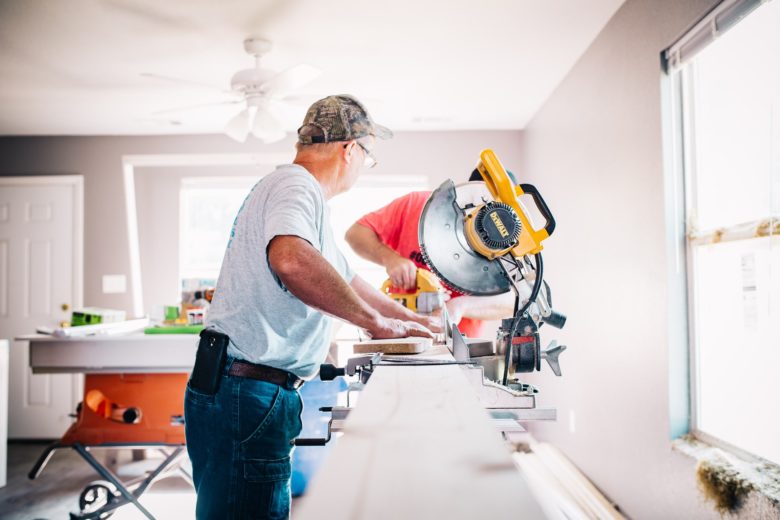
How To Plan Home Improvement Projects
If you’re a homeowner, you probably take on several home improvement projects all the time. You’re probably cleaning gutters, fixing leaky pipes, and adding new furnishings to your spaces as part of your regular routine. If you’re a new homeowner, though, this may be your first time taking on a home improvement project. Whether you’re a seasoned DIY-er or just beginning to dip your toes into the world of home improvement, it’s a great time to take on a project.
The instances of home improvement and remodeling projects saw an increase in 2020, which is no surprise given how much time everyone spent indoors. Since the pandemic shows no signs of stopping anytime soon, you may as well get on the bandwagon and see what home improvement project you can start. Whether it’s updating your furnishings, fixing your patio, or installing replacement windows, here’s how to begin the process.
Start with an inspection.

What do you need to fix in your home? Does the exterior require any significant overhauls that you need to hire professionals to handle? If this is your first time considering home improvement, it’s a good idea to hire home improvement services that can help you out. Before you do this, remember to get an inspection to see which areas need the most attention.
If you don’t want to hire doorstep inspection services, start with an online inquiry form. Many building inspectors may be able to help you out remotely by asking you a few questions. Once you know what you need to fix around the house, you can start planning each project.
Set a strict budget.

After you finish surveying and inspecting your home to find home improvement projects, it’s a good idea to set a strict budget. Remodels and renovations can be surprisingly expensive if you don’t have a proper plan from the start. Even if you’re engaging in a DIY project, costs can sneak up on you. You should account for everything from a delivery fee and tools to any additional accessories you may need.
Consider costs you don’t even think are part of the process. If you need to provide snacks and water for day laborers, will it be more affordable to get subscription services and water coolers? Check whether you can add a home water delivery company to the budget so you can have enough water on hand at a more affordable price. Research the delivery schedule for raw materials so you can see whether specific dates and days cost more than others.
If you hire home improvement services, check whether they can help you get free delivery or cheap delivery options on raw materials from external sources. If you’re getting replacement windows, will they charge extra for insulation? If you fix your roof, will they clean the gutters as well? Ask if you get an introductory offer as new customers, and make sure you do your research to get a fair price.
Hire the right people.
Once you’ve decided what to fix and made all the necessary adjustments to your budget depending on the project and raw materials, it’s time to look for professionals. While you can do some home improvement projects yourself, it’s crucial to weigh both options’ costs before you decide.
If you decide you need professionals for more significant jobs like roof updates, siding, and patio fixes, remember to look for the best quality of work. It’s essential to stick to your budget because you will spend more fixing shoddy jobs if you scrimp on the quality of work. You should also get the best service you can afford, including customer service. Excellent customer service is a good sign that the company or contractor you hire will do a good job.
Set a timeline for the job.

Do you know how much time it will take to finish different types of home improvement projects? Set a timeline for each job before you begin any renovation, whether it’s a big or small project. It will give you the most value for the money you spend and give you a timeframe to help keep you on track. Having a timeline is especially useful if you’re undertaking these projects on your own.
Involve yourself in the process.

Some homeowners hire professionals and then leave all the renovation details up to them. It’s a good idea to learn about every aspect of the process instead. They may have years of experience, but you know what you need in your home better than anyone else. Getting involved will help set a firm timeline for them to finish each job, help you plan for delays, and improve the experience. Of course, this doesn’t mean micromanaging every step of the process. Simply overseeing the overall progress is usually enough to get the job done efficiently.
